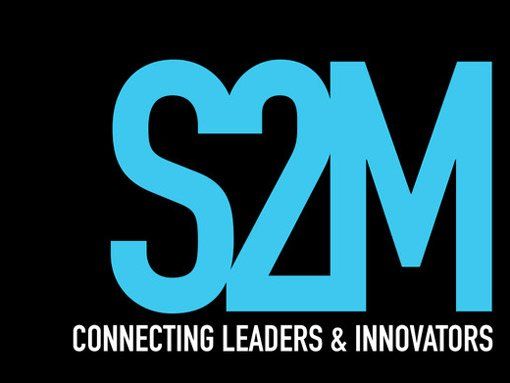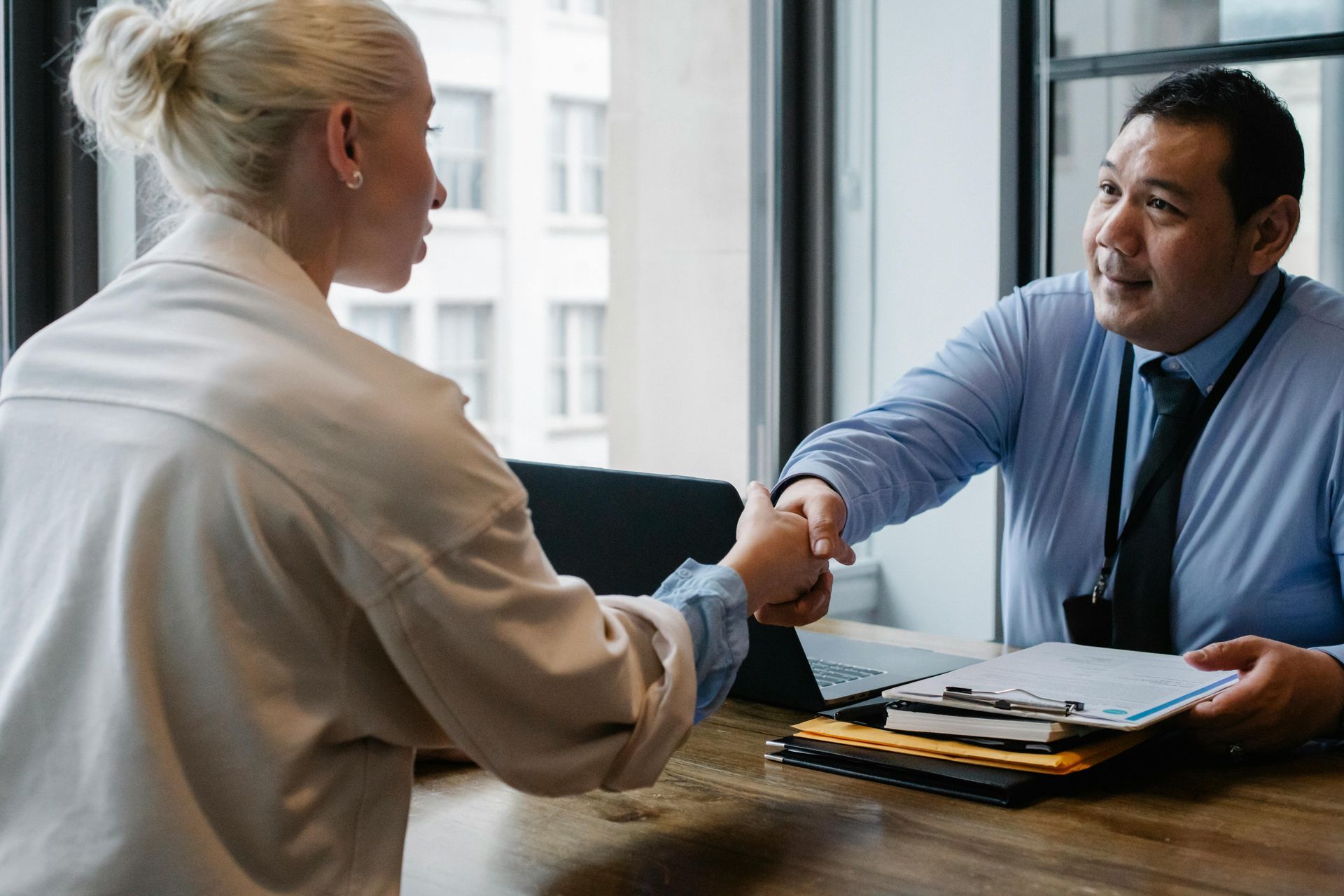The rise of Virtual Reality in Digital Marketing
Virtual Reality is booming. Since Facebook bought out Oculus in 2014, virtual reality has hit the mainstream in a big way.
Virtual Reality has presented digital marketing with a completely new way to engage customers. Not only does virtual reality give users the ability to be completely immersed in an environment, but it also gives brands the ability to establish a completely new relationship between a brand and its customers.
Though virtual reality has been only available to the tech giants of Facebook, Microsoft and Google, the ability for many non-technical industries to take advantage of this brave new world has lead to the creation of the virtual reality industry almost overnight.
Virtual Reality is a means of engaging a relevant audience
With virtual reality, users can be assured of being able to build up their user base in a new way. Virtual reality applications can help users find a brand in an exciting way, and it has been proven that a virtual reality installation has a better effect on a user than if they had just seen a traditional digital or traditional advertisement.
Virtual reality users are engaged for not just seconds, but sometimes minutes and even hours depending on the right kind of content. Digital marketing has long held the view that it is better to be a “ mile wide and inch deep ” when it comes to brand engagement. During the tech boom (and bust) of the early 2000s, many companies were valued based almost exclusively based on the eyeballs they were able to attract. We all know nowadays that this is a terrible strategy for building audiences, as many of these people will not be engaged long enough with a brand to form a meaningful experience. Virtual reality solves this problem almost perfectly.
Virtual reality gives users the ability to be completely immersed in a world, and in that world is where your brand can appear. Brands struggle to build this type of engagement in the digital space due to the pace at which people are switching on and switching off. Being able to occupy more time creates a positive engagement coefficient , which the user may tell their friends and family about, in turn creating promoters beyond the positive experience the user had.
Virtual Reality lets brands discover new customers
Virtual reality installations have no taken on a whole new world of their own. Not only can you create marketing installations for customers to engage with in public settings, but you can also create virtual reality apps for customers to engage with in the comfort of their own home. In doing this, the novelty of being fully immersed in virtual reality will override any sense of having a product being sold to the audience, letting brands find new customers who would otherwise be unlikely to engage with them had they not been able to utilise virtual reality technology.
What does virtual reality look like in digital marketing?
Frankly, there are so many ways to execute virtual reality in digital marketing that it would take at least another two posts to showcase. Anything from a marketing installation in a shopping mall to a virtual application designed for the Google or Samsung headsets, the world is your oyster.
Virtual reality is shaping the future of brand engagement in digital marketing. If anything it proves that it’s not the amount of eyeballs that matters nowadays, it’s how you use them.






